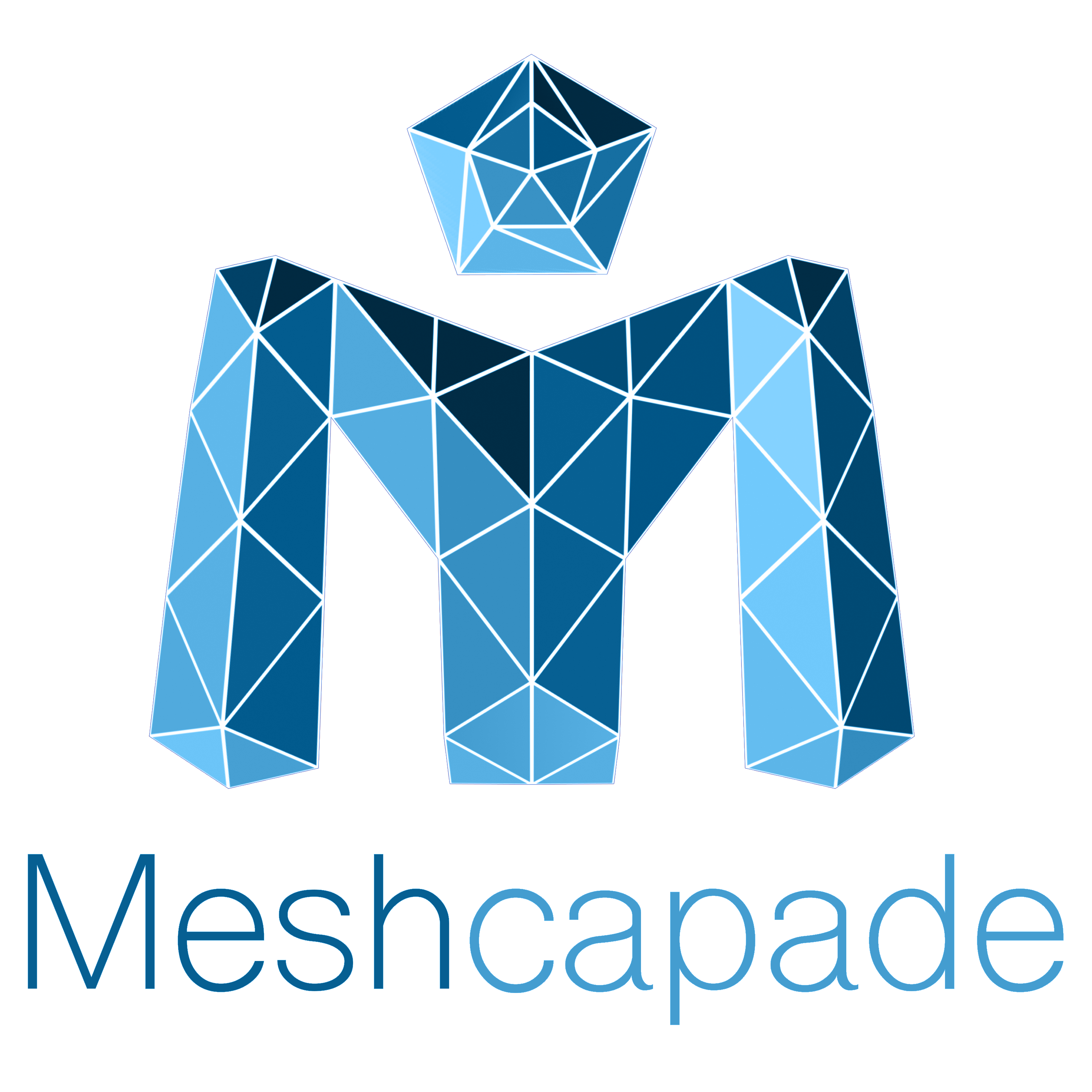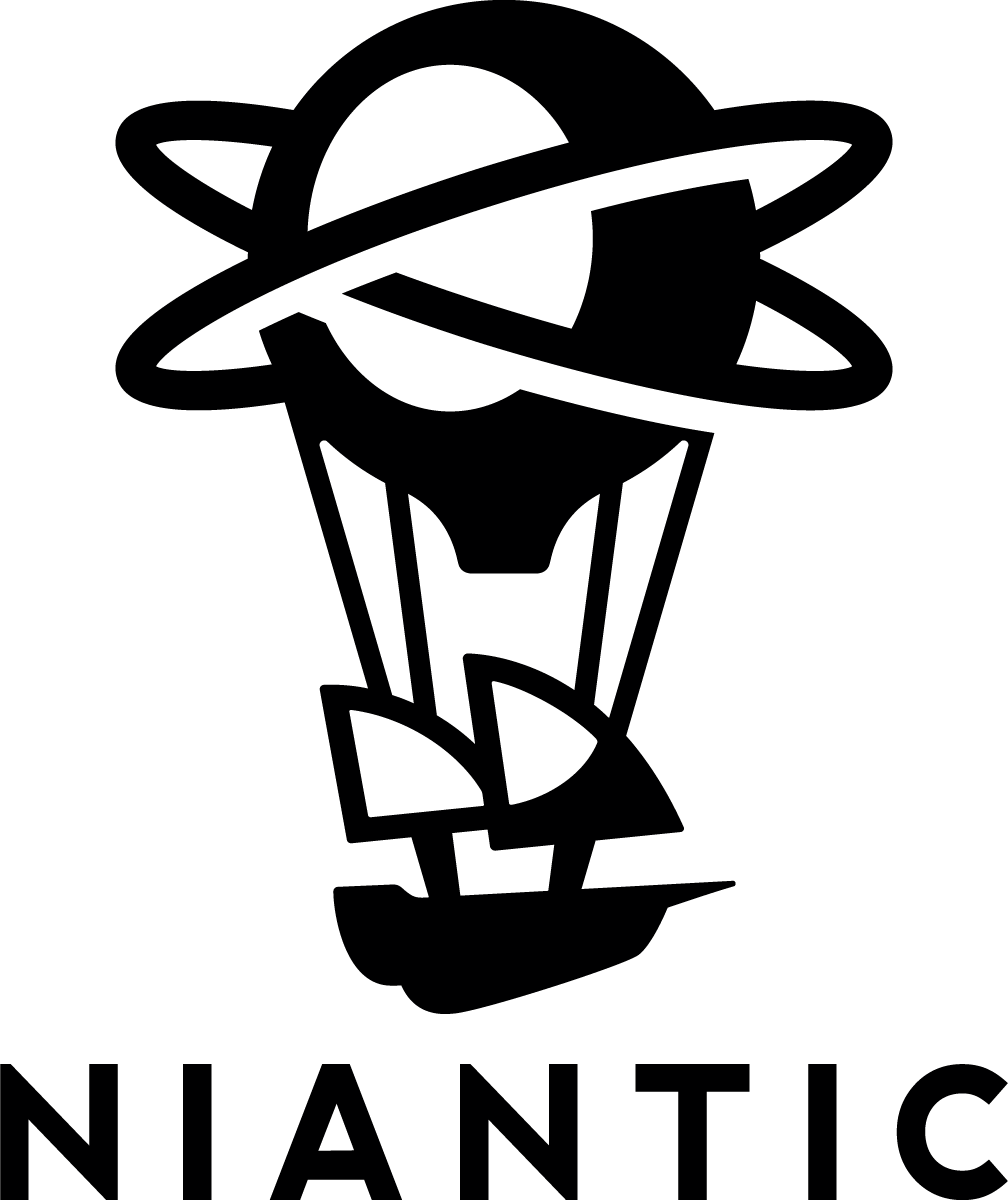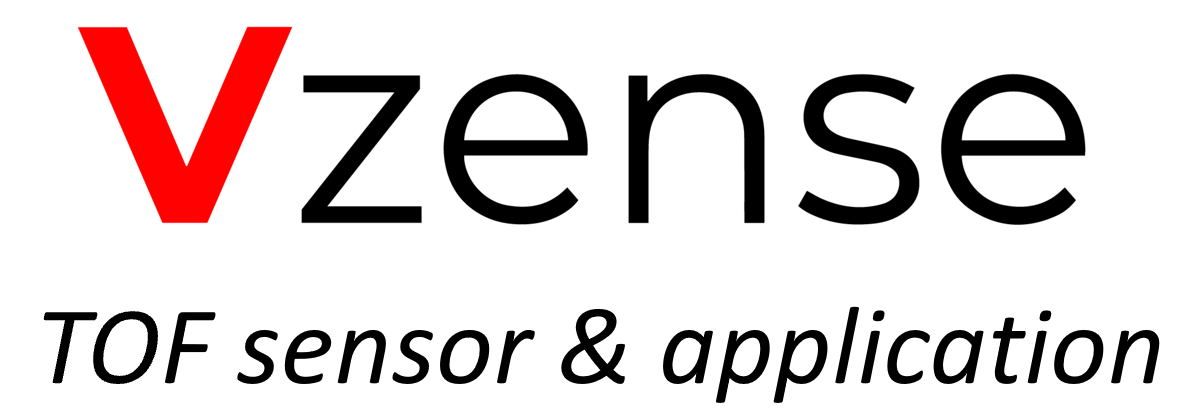Dual Mesh Convolutional Networks for Human Shape Correspondence |
|---|
| Authors: Nitika Verma, Adnane Boukhayma, Edmond Boyer and Jakob Verbeek |
| Abstract: Convolutional networks have been extremely successful for regular data structures such as 2D images and 3D voxel grids. The transposition to meshes is, however, not straightforward due to their irregular structure. We explore how the dual, face-based representation of triangular meshes can be leveraged as a data structure for graph convolutional networks. In the dual mesh, each node (face) has a fixed number of neighbors, which makes the networks less susceptible to overfitting on the mesh topology, and also allows the use of input features that are naturally defined over faces, such as surface normals and face areas. We evaluate the dual approach on the shape correspondence task on the Faust human shape dataset and variants of it with different mesh topologies. Our experiments show that results of graph convolutional networks improve when defined over the dual rather than primal mesh. Moreover, our models that explicitly leverage the neighborhood regularity of dual meshes allow improving results further while being more robust to changes in the mesh topology. |
| PDF (protected) |












